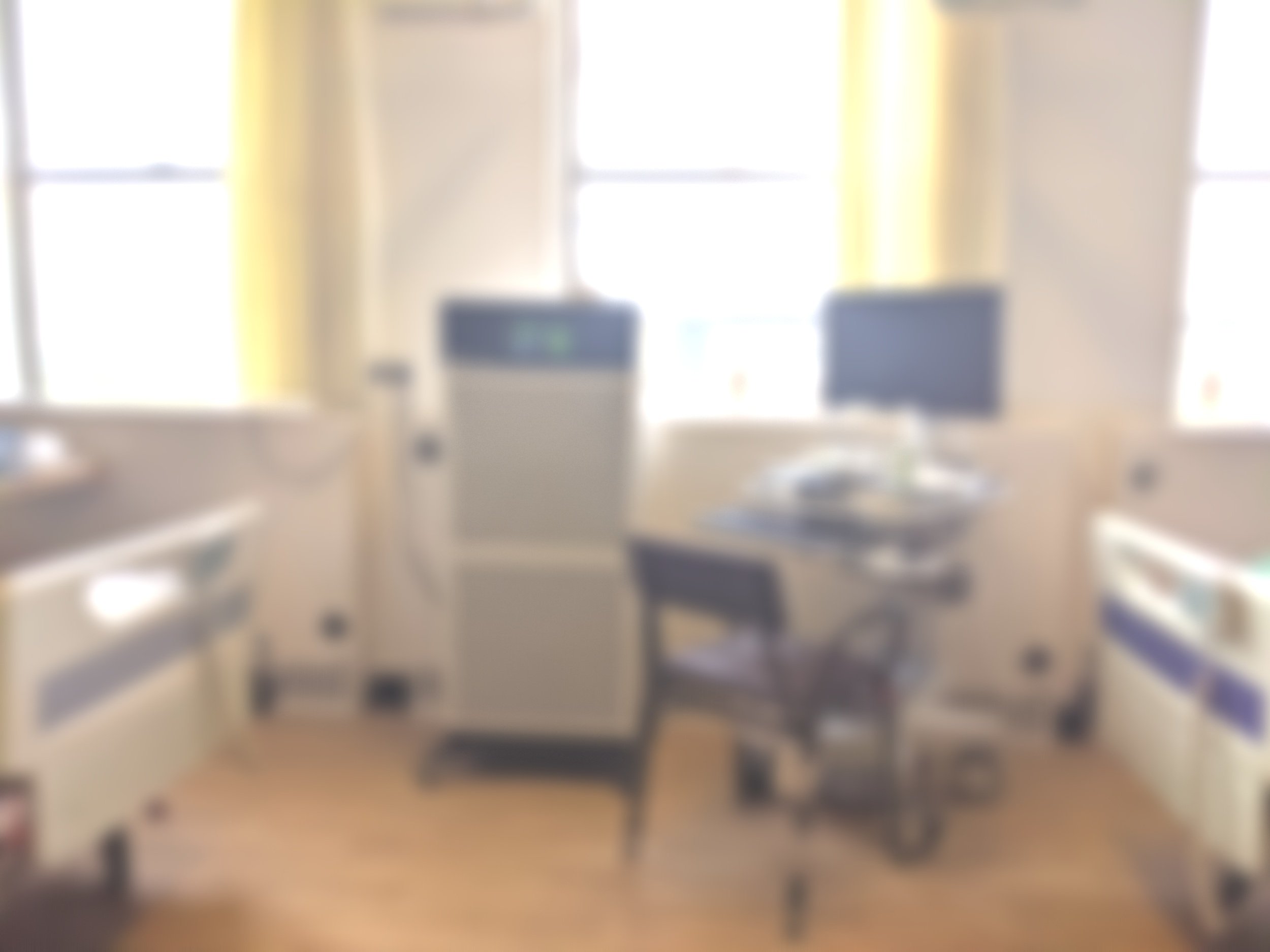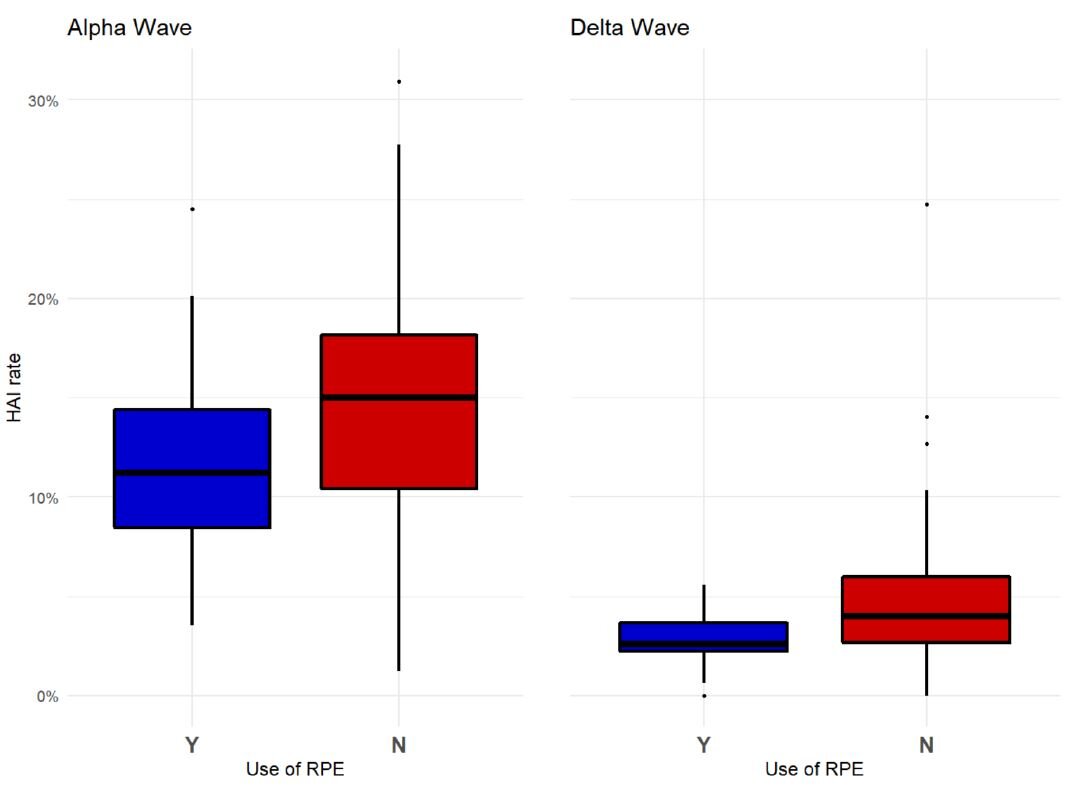
Background to AAirDS
SARS-CoV2 has posed a unique challenge for infection control within the NHS with hospital acquired infection accounting for around 1 in 100 of total cases.
At Cambridge University Hospitals we have been investigating how patients and staff get infected whilst in hospital.
We have shown through genomics studies that transmission occurs between staff and patients, staff to staff but more importantly patient to patient & could infer who infected who by timing of symptoms and swab positivity.
Maximum likelihood sources of patient and healthcare worker infections infections
Blue squares show days on which individuals became symptomatic, while green squares show inferred days of individuals becoming symptomatic when these dates were unknown or not applicable.
Red circles show days on which samples were collected from individuals for genome sequencing. Dates within each ward are normalised so that the first event on any ward is day zero.
Following this research and with continuing high staff sickness rates on Covid-19 Cohort wards for staff, Cambridge University Hospitals decided to mandate FFP3 respirators or other Respiratory Protective Equipment (RPE) for all staff working on these wards.
The effect this had on staff infections was to reduce the 47 fold excess risk staff were facing on these wards to back down to community levels of infection.
Research has also shown that implementation of “airborne precautions” may lower hospital acquired infection rates with SARS-CoV2 (the virus causing Covid-19) directly through enhanced source control, but also likely through other environmental measures such as enhancing ventilation and installation of mobile HEPA or UVC air disinfection units.
Tom Lawton, Matt Butler, Christine Peters. Airborne protection for staff is associated with reduced hospital-acquired COVID-19 in English NHS Trusts. Authorea. September 24, 2021. DOI: 10.22541/au.163249535.54852283/v1
Hospital acquired infection rates during Alpha and Delta waves - English NHS trusts; Blue = airborne precautions/RPE, Red = No airborne precautions/RPE outside of aerosol generating procedures “AGPs”
Ensemble transmission networks for wards A to D - Grey circles indicate healthcare workers; White circles indicate patients
Genomic analysis showed the majority of patient infections acquired within hospitals were from other patients and staff were equally likely to have been infected from fellow staff as well as patients.
Overview of events on different wards
Illingworth, C. et al, Superspreaders drive the largest outbreaks of hospital onset COVID-19 infection. https://elifesciences.org/articles/67308).
Mark Ferris, Rebecca Ferris, Chris Workman, et al. FFP3 respirators protect healthcare workers against infection with SARS-CoV-2. Authorea. June 30, 2021. DOI: 10.22541/au.162454911.17263721/v2
The research above was featured on BBC breakfast in June 2021 (https://youtu.be/tgz7Pax1wRY)
Finally research conducted at Cambridge University Hospitals has demonstrated the feasibility of removing SARS-CoV-2 from the air from hospital wards suggesting that air filtration devices may help reduce the risk of hospital-acquired SARS-CoV-2.
Daily detection of fungal, bacterial and viral bioaerosols detected by high-throughput qPCR collected during weeks one (filter off) and two (filter on) on the left hand side above. Stacked bar chart showing collated total number of bioaerosol detections during weeks one (filter off) and two (filter on). *p=0.05 by Mann-Whitney U test on the right hand side above
The removal of airborne SARS-CoV-2 and other microbial bioaerosols by air filtration on COVID-19 surge units, Andrew Conway-Morris…, et al, Vilas Navapurkar, medRxiv 2021.09.16.21263684; doi: https://doi.org/10.1101/2021.09.16.21263684









